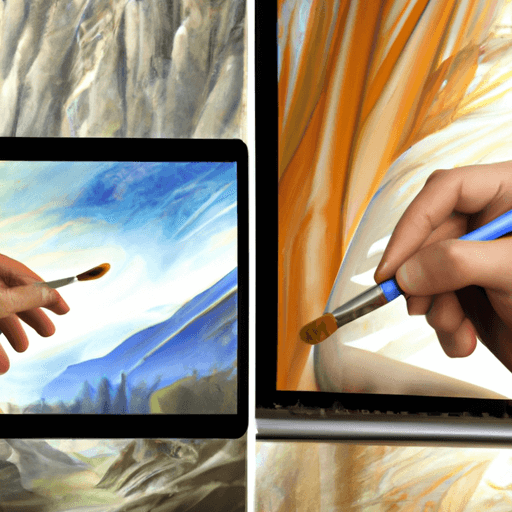The Influence and Evolution of Digital Technology on Traditional Art Forms
The advent of digital technology is dramatically shifting the landscape of various traditional art forms. This transformation has brought both negative and positive disruptions, prompting adaptability and innovation in different dimensions of art.
Impacts of Digital Technology on Traditional Art
Notably, the rise of digital mediums such as electronic literature, digital installation art, and virtual reality has brought new layers of complexity and versatility to traditional art. On a positive note, technology has broadened the scope of artistic expression and brought art closer to audiences. However, it has also led to concerns about plagiarism, hyper-reproduction, and the loss of authenticity and originality.
Case Studies and Real-Life Examples
Electronic Literature in Classical Literature
The birth of electronic literature has redefined the boundaries of traditional literature. For instance, writers can now create interactive narratives that adjust according to the reader's input. A notable example of this is Blackbar by Neven Mrgan and James Moore which allows reader interactivity, thereby influencing the storyline.
Digital Installation Art Vs Traditional Installation Art
Digital installation art has revolutionised conventional artistic approaches, enabling artists to create immersive experiences. Take the work of teamLab, a Tokyo-based art collective, for example, where they transform entire rooms into otherworldly ecosystems that react to visitors' movements. Although some critics argue it reduces the human touch, it is undeniable that it engages audiences on a whole new level.
Virtual Reality As a New Art Platform
Virtual reality (VR) has also made a significant impact on the art world. Artists like Elizabeth Edwards use VR to create immersive three-dimensional environments that challenge our perception of reality, making art experiences more interactive and captivating. Despite these advances, traditionalists criticize VR for removing physical aspects of art, creating a detached experience.
Artists' Perspectives and Audience Reactions
While some artists feel threatened and perceive digital art as diluting the sanctity of traditional art forms, others have embraced it as a new tool for boundless artistic expression. Similarly, the audience response varies. Some are intrigued and excited about the interactivity and access offered by digital art, while others miss the tangibility and aesthetic appeal of traditional art forms.
The Future of Art in a Digital World
The future of art in a digital world is a tantalizing prospect, throwing up endless possibilities. Technological advancements like artificial intelligence, augmented reality, and 3D printing will continue to redefine the frontiers of art. The question isn't whether technology will continue to impact art; rather, it's how far this symbiotic relationship can revolutionise our conceptualisation and consumption of art in the future.



















Comments
Leave a Comment